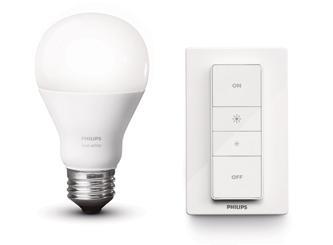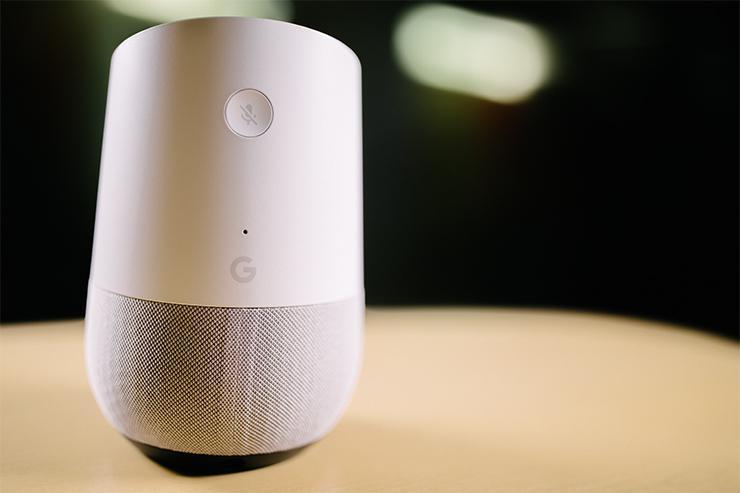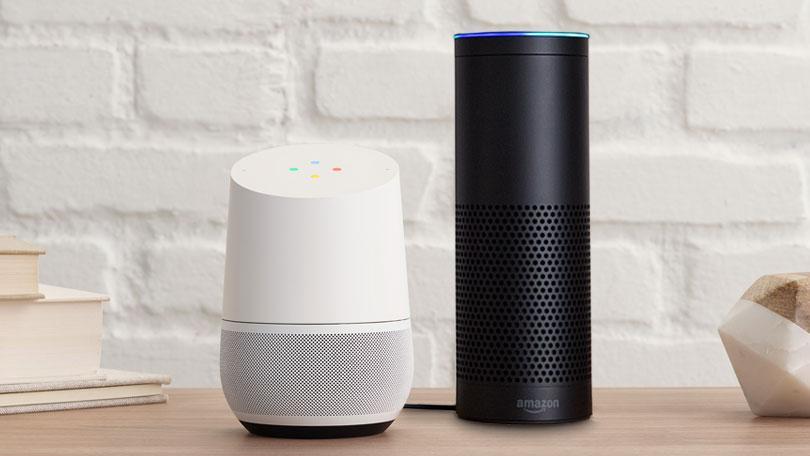The smart home is gaining ground, but it’s still a muddle of confusing standards, competing platforms, and gadgets that don’t do what you might expect. But the promise of products that can make your life a little easier is hard to resist, so I’m here to answer the inevitable questions that arise.
 Whether it’s figuring out the best connected door lock to assembling the right recipe to wake you up with a faux sunrise at the optimal moment based on your fitness tracker’s data, I’ve got you covered. As the host of The Internet of Things Podcast, I install a lot of gear and spend hours testing hardware and software to see what works. Smart homes are still pretty dumb, but I want to help you feel smart.
Whether it’s figuring out the best connected door lock to assembling the right recipe to wake you up with a faux sunrise at the optimal moment based on your fitness tracker’s data, I’ve got you covered. As the host of The Internet of Things Podcast, I install a lot of gear and spend hours testing hardware and software to see what works. Smart homes are still pretty dumb, but I want to help you feel smart.
If you have smart home questions you’d like me to answer, send an email to [email protected]. In this week’s column I’m answering questions I get often from everyone, so forgive the lack of names.
I’ll soon be getting a Google Home and am ready to start diving into the world of the Connected Home. I’ll be starting with connected light bulbs, so the Philips Hue lights came to mind. But when I started looking into it more, I find myself a bit overwhelmed. Hue, GE Link, Samsung SmartThings, hubs, ZigBee, and other protocols…. AHHH! As I said, I’d like to start with lighting, but don’t want to limit myself from expanding into other things. Do you have any recommendations on where to begin?
—Mike D from Red Bud, IL.
Mike, you are about to begin a journey that will be 95 percent rewarding. The remaining 5 percent will have you wondering why you went from a system where your lights worked every time you hit a switch to a smart home. I just want you to be forewarned, because sometimes things will stop working.
That doesn’t stop me because I think being able to control my lights from my couch or bed is awesome. However, when things don’t work, your entire family is going to demand you fix it, so be prepared.
Currently with Google Home, you are limited to two options for lighting. I expect that to change very soon since Google has now released an SDK. But today, you can choose Philips Hue bulbs, which work on ZigBee and include a Wi-Fi hub so you can control things remotely, or any of the lights supported through the SmartThings hub. Those include Osram Lightify, LIFX (WIFI), Cree, Philips Hue (through SmartThings), WeMo light bulbs, and Sengled bulbs.
Before you get too focused on bulbs, though, you’ll actually want to make a more important decision: switches or bulbs. When you choose smart bulbs, you are stuck living in a world where no one can turn off your lights at the switch; once the switch is in the off position, your smart bulbs become dumb. Bulbs are good for lamps, rooms where a switch is less accessible, and those that don’t require a lot of bulbs. (For more on that, check out the second question in this column.)
 I will tell you that Philips makes a Hue dimmer switch that you can place next to your existing switches (and you could always cap off the electrical wires in the electrical box of your working switch and then replace the rocker or toggle with a flat plate to make sure the Hue switch is the only one people will use). But for most people, the right choice for lighting is a connected switch. That means playing with electrical wires or calling an electrician. It also means that for the Google Home, you’ll want to look at SmartThings-compatible dimmers.
I will tell you that Philips makes a Hue dimmer switch that you can place next to your existing switches (and you could always cap off the electrical wires in the electrical box of your working switch and then replace the rocker or toggle with a flat plate to make sure the Hue switch is the only one people will use). But for most people, the right choice for lighting is a connected switch. That means playing with electrical wires or calling an electrician. It also means that for the Google Home, you’ll want to look at SmartThings-compatible dimmers.
SmartThings supports two very popular radios for lighting—Z-wave and ZigBee—so many of the Z-wave light switches will work, as will ZigBee options. GE and Enerwave are two of the connected switches on offer. SmartThings also supports the Aeon Labs Micro Smart Switch 2E, which costs $40 and goes inside your electrical box and lets you keep existing switches. That’s good for on/off functionality, but less so for dimming if you have a basic toggle or rocker switch. Aeon also has a dimmer module for $35.
For those comparing Google Home to Amazon Echo for lighting, I will say that so far I’m still a fan of the Echo because I use scenes with my Philips Hue bulbs, and the Echo supports that. However, if you aren’t into programming, the Google Home is very responsive for lights going through SmartThings or Hue, and when you are using the Hue lights you can tell Google Home to turn the lights a specific color and it works. You cannot do that on the Echo.
I also tested latency with different bulbs and the Google Home, and almost everything except for the Cree through SmartThings was awesome. The Cree was mostly fine, but did stutter once or twice.
To address your concerns about the ecosystems you may be buying into, I can tell you that SmartThings is a fairly open and well supported system, as is the Philips Hue. But if you want to wait and see what else ends up working with Google Home, that’s fine too. I do think the SmartThings home hub can be tough for people new to home automation to figure out. But it does have a great community that can offer assistance, and is a very powerful platform once you learn it. As for the Hue lights, you can’t really go wrong with them, but they do add up, and there is that whole light switch issue to consider.
Good luck!
My wife and I recently started introducing smart home technology with the purchase of an Amazon Echo, and cut the cable cord moving to Amazon Fire TV. We have a 5.1 surround sound, a TV, a PS3, and of course the Amazon Fire TV. That is now four remotes we have to manage—with the added challenge of PS3 being Bluetooth. I started looking into universal remotes—specifically the Logitech—and they now come with hubs, too. Just the universal remote is between $50-$90. Add the hub and it jumps to $122+. The hub integrates with Alexa, which is good. It sounds like maybe Logitech’s hub is trying to compete with a Wink-type hub (although on a smaller scale), but I’m a little unclear.
For now, would the Logitech hub make more sense for controlling our home theater and we can integrate it with a Wink hub later? Or would it be better to go straight for buying a Wink and just a remote?
—Justin G., Brentwood, CA
If you don’t plan on using ZigBee or Z-wave devices (or Lutron) then you can skip a Wink hub and do the Logitech Harmony hub and remote. The basic remote and hub is about $130 although a fancy remote and the hub can be had for $300. Logitech is really good for connecting your AV equipment and also works with a wide variety of connected home stuff (plus Alexa). The Logitech Harmony hub does work with Amazon’s Fire TV and the Sony PS3. I don’t know your TV brand, but it’s likely supported. You can double check here.
And if you want to add ZigBee and Z-wave capability then Harmony offers a product for $99 that will let you control those radios. You can also do some fancy stuff with the Harmony and the Amazon Echo by enabling the Skill and telling the Echo things like, “Alexa turn on sports.“
Really, the question you have to figure out is if you want to optimize your home automation around your TV viewing. If the answer is yes, then Logitech is the best way to do that. And frankly, you can do it for as little as $100 if you have a compatible remote, just by buying the Logitech hub. If you want to advance into Z-wave and ZigBee-based home automation later (sensors and some light switches are the likeliest reason for that), then you can upgrade with an extender for another $100. You could even use a Wink hub if you really wanted, and just use the Echo as your remote to combine the Logitech gear with Wink.
That’s a lot of options, but so far both ecosystems are fairly open and play nicely with a lot of gear.

